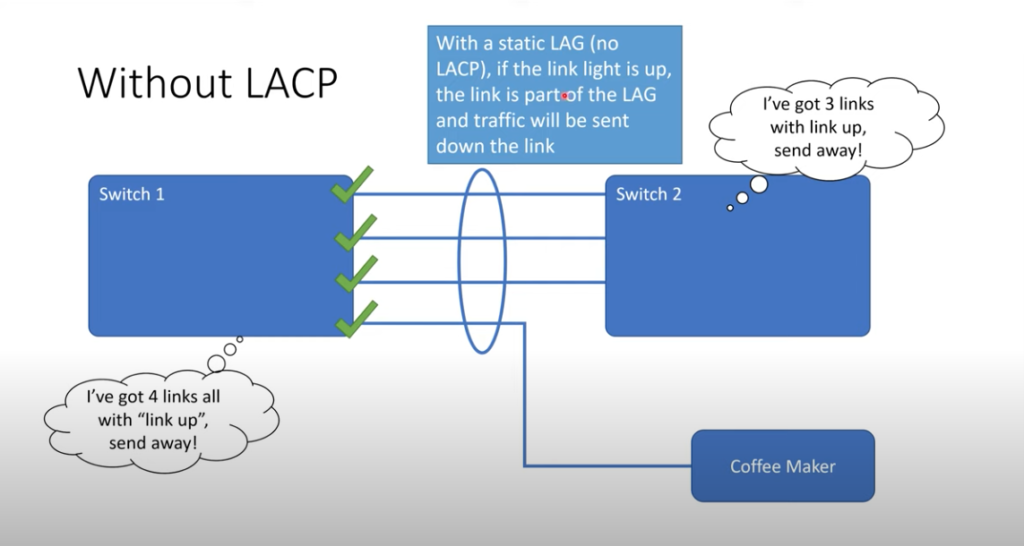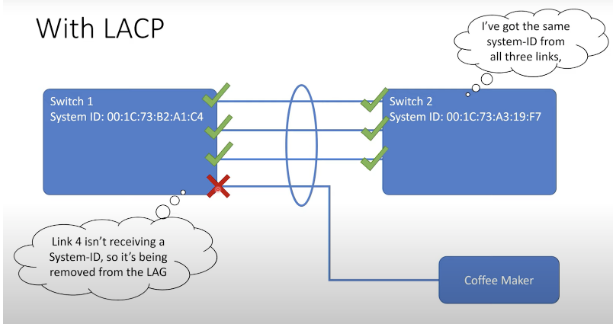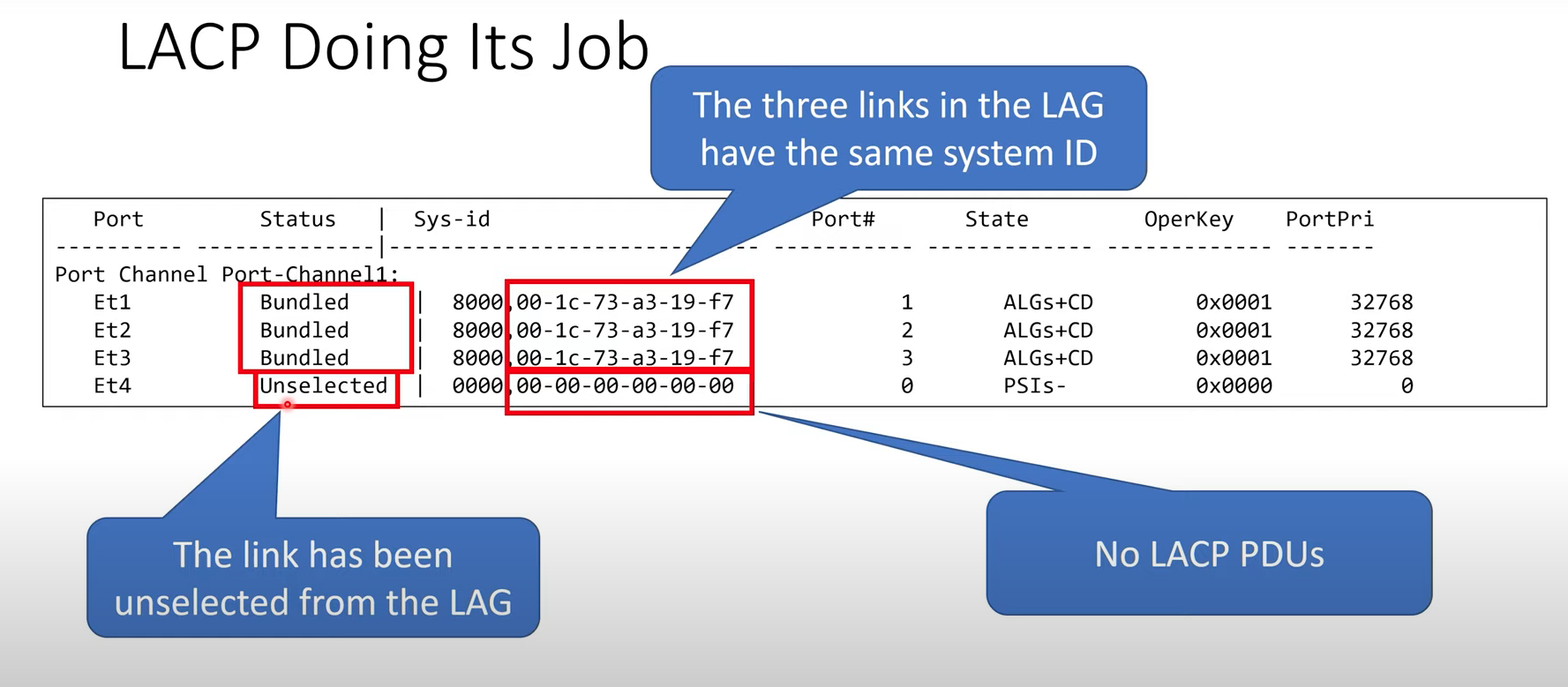Related Posts
Embracing AI within Network Engineering: Does opportunity outweigh limitations?
The flow of data drives our interconnected society and network engineers play a crucial role...
READ NOWCelebrating Women in Engineering: Embracing Challenges, Igniting Innovation
International Women in Engineering Day serves as a global platform to celebrate the remarkable achievements...
READ NOWUnleashing the Power of Arista’s Labs
In the ever-changing realm of network engineering, staying ahead of the game requires more than...
READ NOWThe Impact of Customized Network Training
In today’s rapidly evolving business landscape, investing in the professional development of your employees has...
READ NOWCustom Arista Training with Citi
Behind the scenes in every successful business is a team of powerful and integral people....
READ NOWACE:L3 Arista Certification – Diary of an Arista Student
Recently, one of our very own, Chris Jaecker, embarked on a journey towards becoming a...
READ NOWWhat’s New in Arista Academy
Arista Training has some exciting developments and news to share! We are constantly growing, changing,...
READ NOWArista Training Labs Release Notes – February 2023
Welcome to the first release notes for Arista Training Labs. We are regularly making updates...
READ NOWArista Labs – The best way to approach
Join the conversation and find out what our Instructors think! Elan Beer, CTO of SDN...
READ NOWLink Aggregation vs LACP – What is the difference?
One of our incredibly talented Instructors, Tony Bourke, has put together a short video, The...
READ NOW
 Here is a visual of what happens when LACP is not used.
Here is a visual of what happens when LACP is not used.
